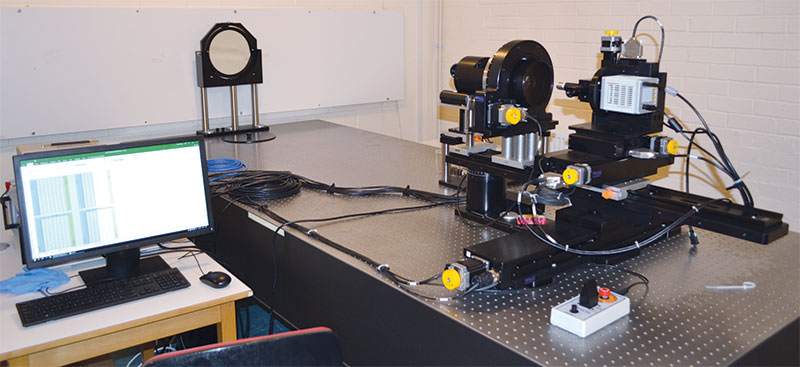Advantages of Automated Versus Manual Lens Testing
Case Study 11
Due to the ever-increasing level of testing and detailed data required by OCM customers, Resolve Optics decided to look at ways to automate and improve testing procedures.
When optical designers and manufacturers look to compare the performance of optical systems, a commonly used measure is the modulation transfer function (MTF). The MTF of a lens is a measurement of its ability to transfer contrast at a particular resolution from the object to the image. In other words, MTF is a way to incorporate lens resolution and contrast into a single specification. MTF can be used for optical components as simple as a single element spherical lens to those as complex as a multi-element zoom lens system.

Using a next generation automated MTF lens testing system-Resolve Optics has been able remove much of the variability of human involvement As a result-the accuracy and repeatability of lens testing has not only been improved but now can also be done faster.
Apart from MTF, the new automated test centre at Resolve Optics can also measure distortion, focal length and register position. All this valuable quality information can be provided to customers with their finished lenses. Our automated test centre consists of motorised stages that enable lens testing to be carried out at+ 40″ on image formats of+ 150mm and motorised rotary lens mount. All movements stages are encoder controlled and accurate to 0.25 of a micron.
To learn more about how our automated lens testing centre can deliver better quality lenses to you time after time click here.
[ssba-buttons]
